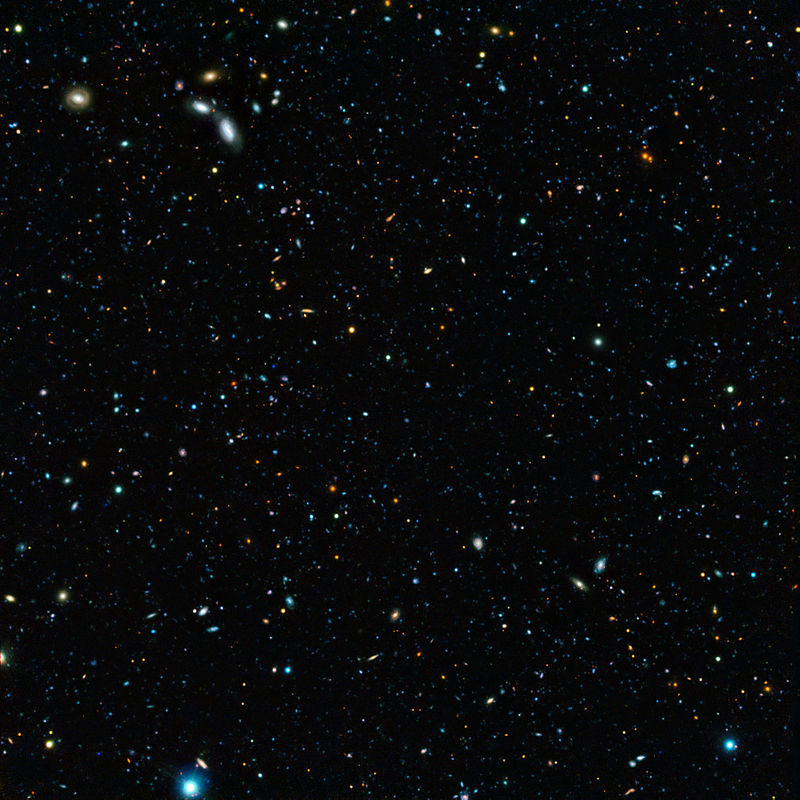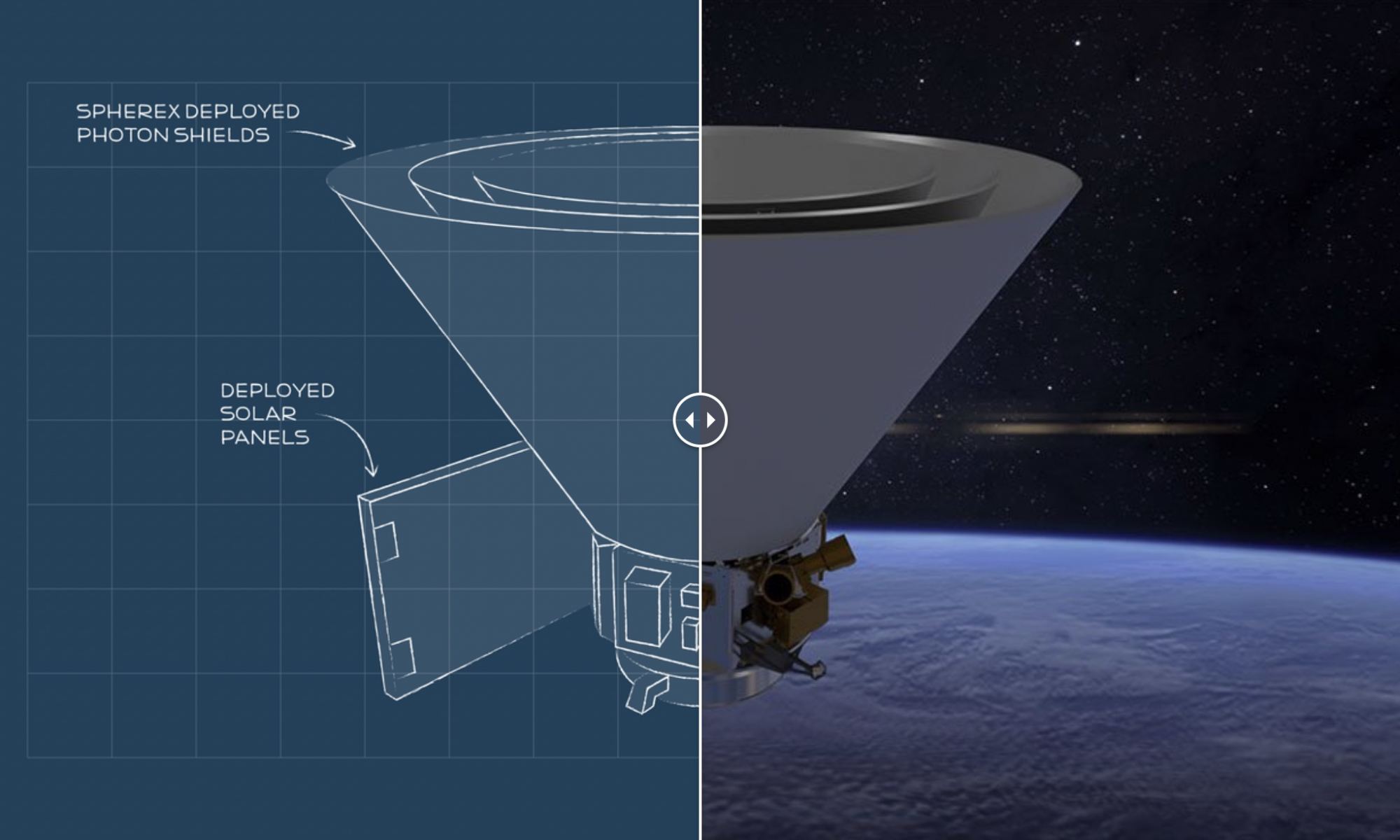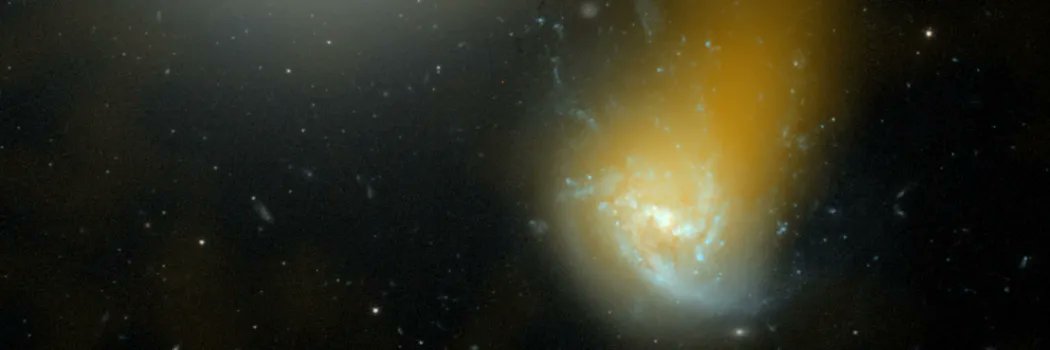Those readers who have dabbled with astronomical imaging will be familiar with the technique of taking multiple images and then stacking them together to improve the strength of the signal, yielding better images. Taking this technique further many research projects require date of the same object spanning longer time frames than a nights observing. This data is usually captured from different locations and under different conditions. The problem has been matching the observations across all these survey runs. Researchers have shared a new approach to calculate if separate images of the same object will yield additional signals or just generate useless noise.
Continue reading “Telescopes Didn’t Always Play Nicely with Each Other. That’s About to Change”Telescopes Didn’t Always Play Nicely with Each Other. That’s About to Change



